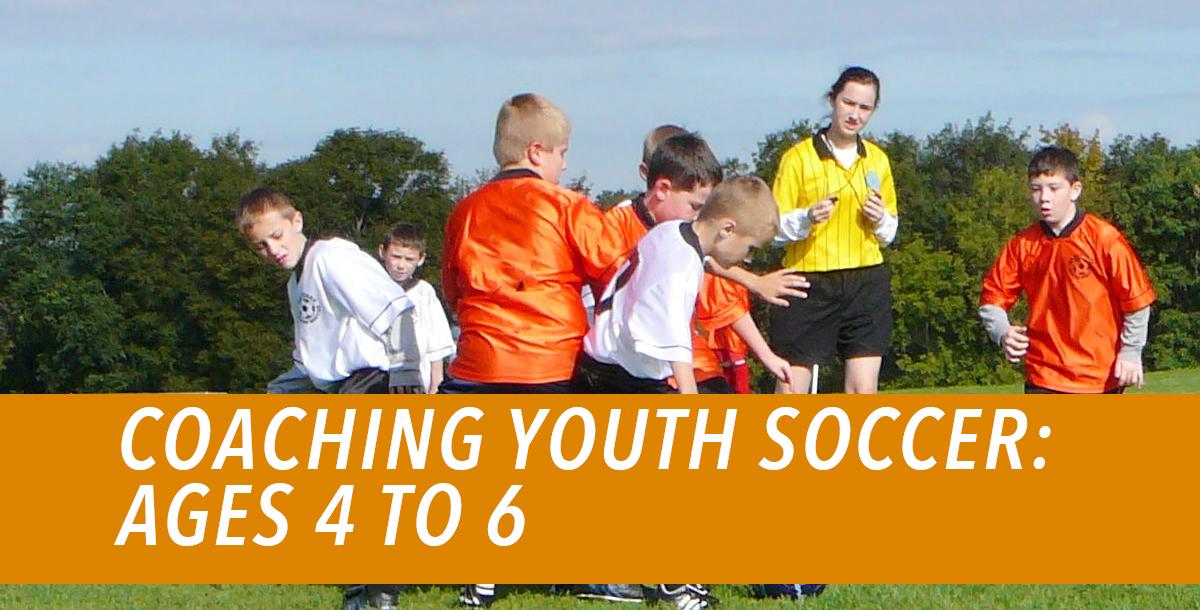1
2
3
4
5
6
7
8
9
10
11
12
13
14
15
16
17
18
19
20
21
22
23
24
Lesson 25:
Passing and Receiving Basics
26
27
28
29
30
31
32
33
34
35
36
37
38
39
40
41
42
43
44
45
46
47
48
49
50
51

Fundamentals are the foundation essential for teaching young players that. Coaching solid fundamentals contributes to more wins as well as more fun on the field. In Coaching Youth Soccer: Ages 4 to 6, former coach for Hawaii Pacific University Nick Harrison introduces kids to basic soccer skills in 50 easy-to-follow, easy-to-teach drills that show the right way to dribble, turn, pass, receive, ...
